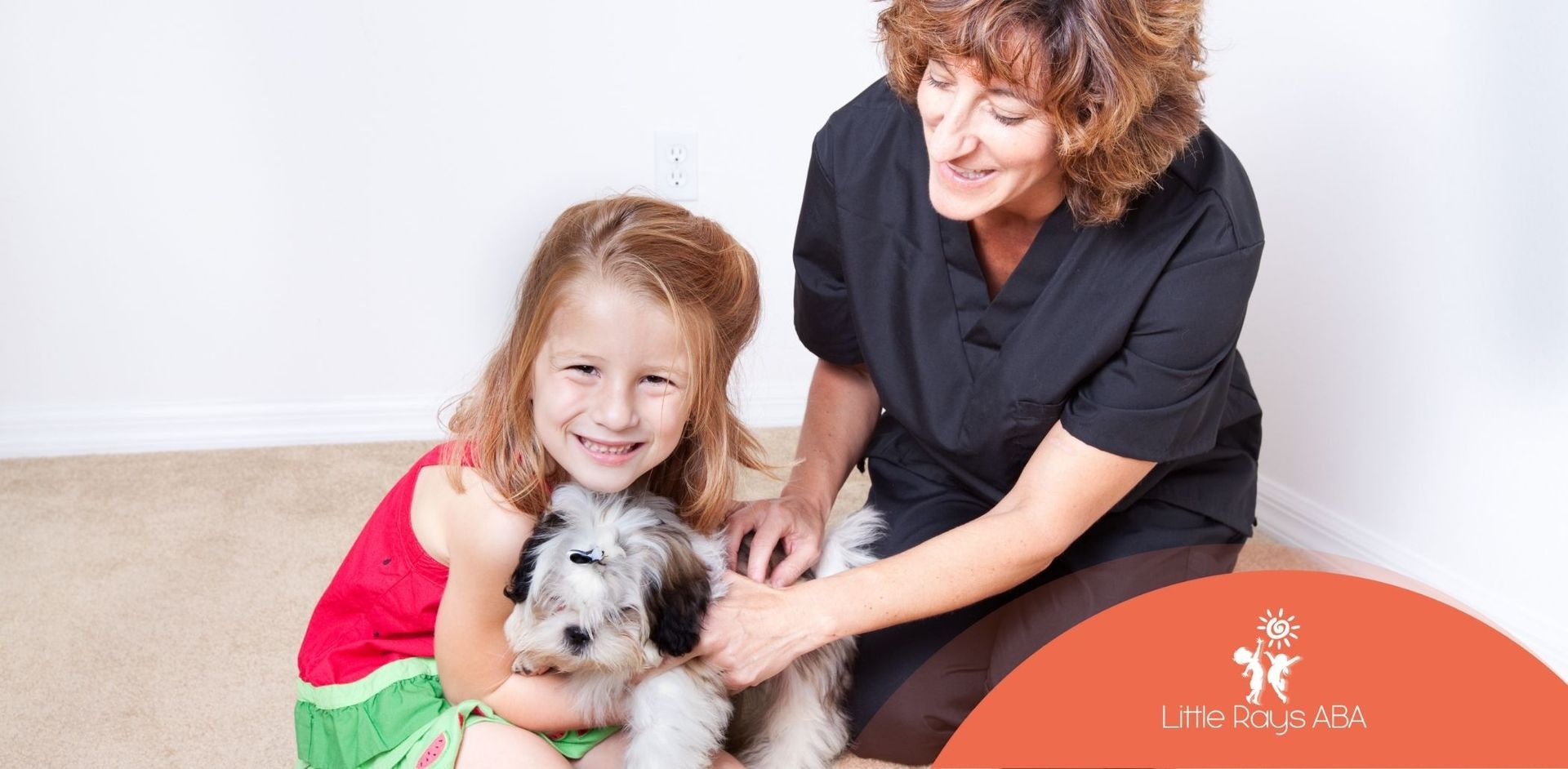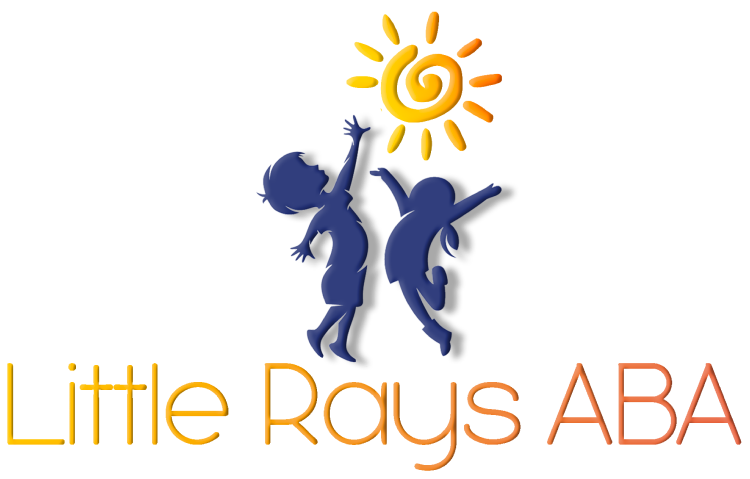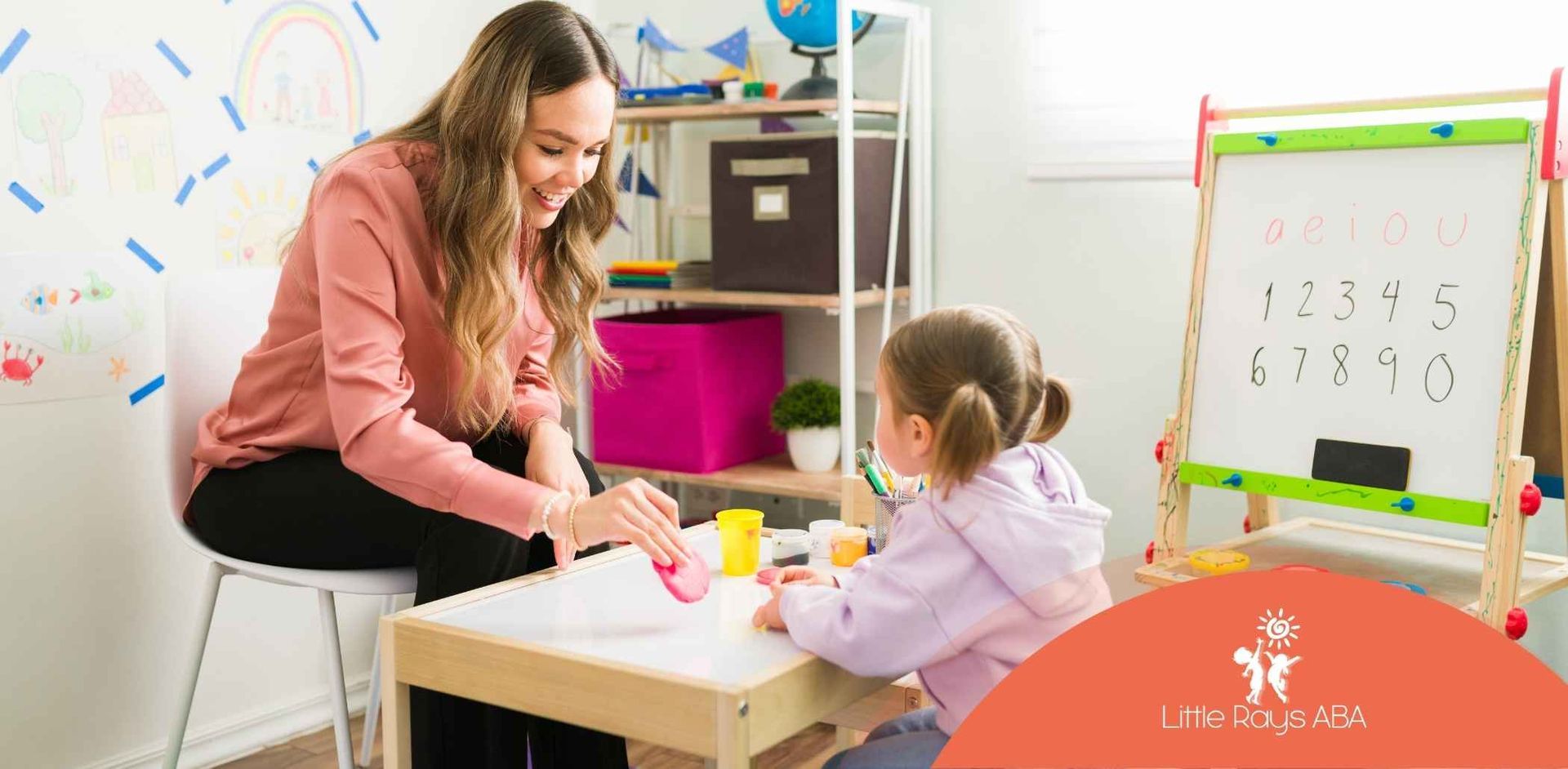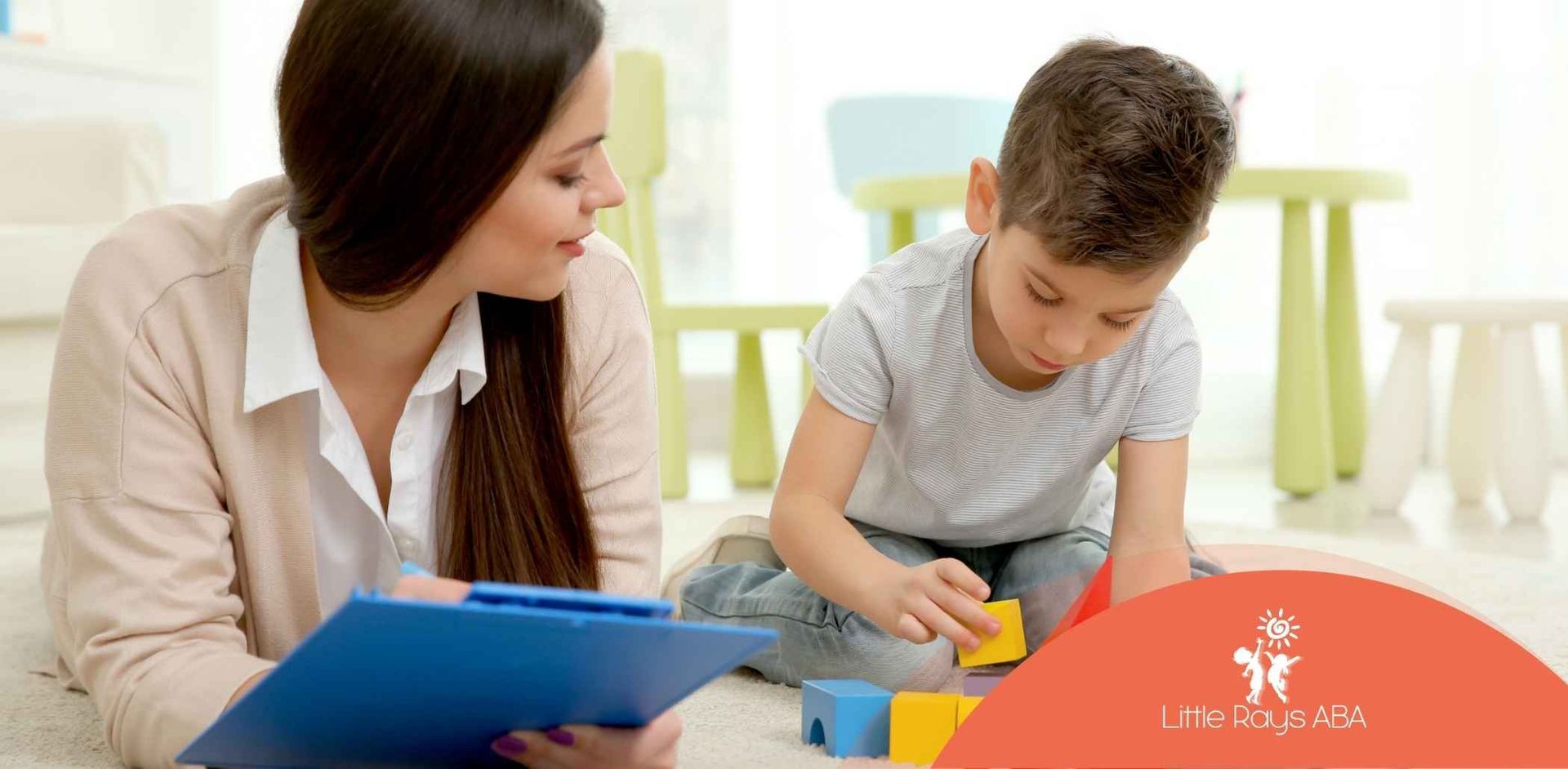
Discover: What Can I Do Instead of ABA for Support?
Autism spectrum disorder, or ASD, comes with special challenges and strengths. Because of this, kids with autism need support that fits their own needs. ABA therapy has been trusted for a long time to help improve social skills and change behaviour. Many families have found it helpful. But ABA therapy may not work for every autistic child. Some parents look for aba therapy alternatives, hoping to find other ways that better match their child’s needs. They want help with things like communication skills, emotional regulation, social skills, and how to handle daily life.
This blog shows you some other types of therapy besides aba. It talks about what each one offers and how it can help your child with autism. Looking at alternative therapies may give you new ideas. It can also help you choose ways that fit your child’s individual needs best.
Exploring Alternatives to ABA Therapy That Work
Alternative therapies can give ethical options other than ABA. They help with different parts of an autistic child’s growth and everyday life. These therapies are made to fit each child’s individual needs. They let sessions work with the child’s strengths, what the child likes, and what the family values.
Some of these therapies focus on building better emotional connections. Others work on sensory processing or help with motor skill improvement. Every autistic child’s journey is special. These therapies want to help each child make good progress while looking after the child’s feelings. Now, let’s look at the different ways these therapies can help autistic kids move forward as they grow.
1. DIR/Floortime Approach
Floortime therapy is about helping autistic children build emotional connections and work on their cognitive development. The main idea is to use play to connect. Caregivers or parents sit with the child on the floor at playtime. This helps them build trust and clear communication. By playing at the child’s level, it becomes easier to understand and work together.
Floortime puts a lot of focus on helping kids grow their emotional capacities. It helps their speech get better and supports cognitive development too. Children use curiosity, movement, and build relationships in each session, learning at their own pace. Sessions are best done in quiet places. This gives children time to relax and focus.
You can try floortime at home or work with trained therapists. With the right help, parents can learn how to use floortime therapy to build their child’s strengths and improve communication skills. These sessions can last from two to five hours each day. Sometimes, insurance can help pay for it, which makes floortime a good and useful choice for many families looking for new therapy options.
2. Relationship Development Intervention (RDI)
Relationship Development Intervention (RDI) is a way to help autistic kids build stronger emotional connections and improve their communication skills. The main focus is on helping them learn social skills and work on emotional regulation. This is done by using different types of engaging interactions that fit the needs of each child.
RDI guides caregivers so they can make meaningful moments for these kids. This helps autistic kids to do better in their relationships with others. It is important to put focus on cognitive functions and how the kids connect with people around them. Because of this, the therapy causes connection to happen more smoothly, and helps build trust and working together in day-to-day life.
3. Cognitive Behavioral Therapy (CBT)
Cognitive behavioral therapy (CBT) is a good option besides ABA. It looks at how thoughts, feelings, and actions are linked. CBT aims to help autistic kids with their emotional regulation. Kids learn to spot and change bad ways of thinking. In each session, there is help with social skills and coping. This helps them get better at their communication skills and forming emotional connections.
CBT will also work with a child’s individual needs, so it fits many kids. It can be used with other therapies like occupational therapy and speech therapy. In this way, CBT adds a lot to a child’s journey towards cognitive development.
4. Social Skills Groups
Social skills groups help with a child’s language and boost emotional skills in group sessions. In these sessions, autistic kids meet and talk with their friends. They learn how to be more open in the way they talk and to work with others.
Therapists, parents, or guardians lead these social skills groups. The groups use fun talks and things to do that help with feelings and growth. Group sizes are kept small, from two to eight people. This makes sure each child gets the right care and time, and all can work at their own speed. When kids make friends in the group, it shows there is good progress in their social growth.
In these groups, kids join in with others and help each other. It is a great way for kids to get closer to others and build good emotional connections. Social skills groups help autistic kids dealing with problems in talking and understanding body cues. They also be a good support as kids get ready to face challenges at school, at home, and with others.
5. Play Therapy
Play therapy is all about using fun and engaging activities to help autistic children connect with others and manage their feelings. In playtime, kids find new ways to show how they feel. They also learn to use their hands and become better at talking with others.
Caregivers or therapists use play therapy to help children with autism feel at home in a safe space. They do this so kids can build relationships in a creative way. It works by holding on to the child’s curiosity and helping them make sense of the world. Many families see good results with play therapy, both at home and at centers with professionals.
Play therapy has the power to change a child’s life. It lowers how often tantrums happen and cuts down on unwanted behaviors. At the same time, children’s fine motor skills get better. This way of care is a good ABA therapy option because it supports positive feelings and growth in how kids act with others.
6. Speech and Language Therapy
Speech and language therapy works on building communication skills for autistic kids. This type of speech therapy helps them show what they need and what they feel in a better way. It looks at both words they speak and the ways they talk without using words. It also uses tools like AAC devices to help with better two-way talks.
Therapists use plans made just for each child. They may use tablets, sign language, or communication boards during focused sessions. The therapy works to help bring out speech or build strong ways to share ideas without words. This helps the child say what they want in a clear and sure way.
When a child’s communication gets better, they join in more with other people. They can find their way through school and family talks much better. Putting time and care into speech therapy that fits the child’s needs helps their communication skills grow strong for life. This is good both for the child and for those who care for them.
7. Occupational Therapy
Occupational therapy helps autistic children do daily things by working on their motor skills, fine motor skills, and coordination. The therapy uses activities that are made for needs like getting dressed, eating, or playing. This helps kids to do things on their own.
In each session, children work on how they take in sensory information. The main goal is to make their gross and fine motor skills better. Therapists use easy steps and simple exercises that kids can handle well. These ways help kids get better over time and do not make them feel stressed out.
Occupational therapy helps children get more confident by removing blocks to basic tasks. When sensory processing gets better, children can focus more and manage feelings with more ease. This makes daily life better and helps them go through each day with less trouble.
8. Sensory Integration Therapy
Sensory integration therapy supports autistic children with sensory processing. It helps them handle sensory information like bright lights, textures, or loud sounds. The goal is for them to feel less stressed by these things and respond in better ways.
Therapists use activities to help with sensory regulation. For example, children may swing or play with materials that feel different. This therapy is offered in many places. It can be used at home, in school, or at a centre. This makes it easy for families to access the help their kids need.
Parents and caregivers like sensory integration therapy. It helps calm children and builds stronger emotional connections through sensory play. The therapy lets children with autism get more involved with people and the world around them.
9. Music Therapy
Music therapy uses sound and rhythm to help with emotional regulation and improve social skills. It is safe and fun for autistic kids. These sessions use instruments or songs in a structured way. This helps the children find emotional clarity while playing.
Music therapists work with each person. They use sound as therapy to help children feel calm. This also gives a boost to their cognitive functions. In these sessions, autistic kids build their communication skills. Some also get better at fine motor skills and start to like music more.
Music therapy is not like a regular music class. Instead, it mixes sensory and emotional growth. This gives autistic kids a good and different way to learn. A child’s journey to better emotional regulation gets stronger in such creative settings.
10. Animal-Assisted Therapy
Animal-assisted therapy is about using time with pets like horses, cats, or dogs to bring comfort to children with autism. This helps kids build trust. It also helps them with emotional regulation, all through activities that be part of their work with these animals.
In many sessions, there is someone who supervises. Children might with petting zoos or take field trips where the main goal to help with sensory processing. During this, both the child and animal learn to trust each other. Empathy grows between them, and this lets the child show feelings more easily and helps keep their emotions stable.
Animal-assisted therapy builds strong emotional connections that can last. Both therapists and families see good changes, and they often say this way of therapy helps the overall well-being of kids with autism. It also shows to be a good alternative to aba therapy for many children.
11. Art Therapy
Art therapy helps autistic kids use creativity to learn and talk about feelings. Simple things like painting, drawing, and making sculptures help improve focus, patience, and build emotional connections. Kids get to work with their caregiver or a therapist. They use art to show what is on their mind. That way, they turn thoughts into art. These short art sessions give a safe and easy way for self-exploration. Over time, it helps grow self-confidence and emotional skills.
Many caregivers see how well art therapy works for helping with feelings and making friends. That is why they choose art as an aba therapy option. Using art, kids can show their feelings and thoughts while growing in their own way. They like how creativity is important in helping with learning and helping autistic kids. This makes art therapy a good choice or aba therapy alternative that works for both the child and the caregiver.
Why ABA Remains an Effective Therapy for Many
ABA therapy is known for using behavioral analysis techniques to help people build certain skills in a steady way. There are consistent routines and a reward-based treatment plan that change and grow with the person. This helps deal with many kinds of challenges that people have.
With tailored ABA programs, people see good changes in their social and communication skills. The way it uses data and its flexible style make it a reliable choice over time for many autistic children. There are other options out there that have different benefits. Even so, aba therapy is still effective and helpful for many families and caregivers.
Evidence-Based Results Supporting ABA
| ABA Therapy Features | Evidence-Based Benefits |
|---|---|
| Behavioral Analysis Techniques | Proven efficacy in improving social, communication, and skills. |
| Reward-Based Methods | Positive reinforcement increases learning retention rates. |
| Structured Programs | Tailored routines effectively manage developmental challenges. |
ABA therapy boasts comprehensive research supporting its efficiency. It addresses speech delays, tantrums, and complex sensory needs by integrating systematic behavioral analysis techniques. Long-term data reveals significant progress across emotional and social development pathways.
Families continue to trust ABA for its individual outcomes rooted in evidence-based practices. Its success shapes reliable improvement metrics for autistic children and teens alike.
Personalization and Flexibility of ABA Programs
ABA therapy stands out because it uses steps that fit each person and their needs. Therapists change the way they work and the plans they use based on your child’s level and stage. This makes it possible for your child to keep growing in the way that works best for them.
The way ABA is set up gives sessions the room to change as needed. This means therapy can cover thinking skills and also help with emotional regulation. Over time, this can make your child’s life better, giving steady results.
Custom steps are a big part of aba therapy. Most parents see good changes that help their children become more independent. This is a key reason why aba is known for doing such good work in meeting individual needs.
Factors to Consider When Selecting an Alternative to ABA
Choosing ethical alternatives to ABA therapy means you have to look at accessibility, how the therapy works, and if it fits a child’s individual needs. Families need to check different therapy options and see how the costs match up with what each method does.
Ethical alternatives help make the setting better for autistic children. They boost how kids join in, and there is not too much pressure on them. When families talk with specialists and teachers, they get a clearer picture of what will work. This helps them pick easy-to-use and helpful options that are good for their child’s needs.
Child’s Unique Needs and Preferences
Choosing another kind of therapy means you need to think about what the autistic child needs most. Some kids may get more from sensory activities. Others might need help with their emotions. It depends on what the child likes and how they act as they grow.
Guardians who care about emotional skills often go for sensory activities. These activities help calm meltdowns and ease anxiety in children. Some children with speech delays work on a clear plan for speaking, taking small steps to use words better.
Progress can happen when therapies match the child’s needs and set clear goals. When this happens, families see why it is so important to choose the right path for the child’s strengths. They focus on ways to let each child get better at these skills, while making therapy fit what the child can handle. This helps them manage bigger challenges as they grow.
Family Goals and Values
Family dynamics are very important in how a child grows and feels. When families have shared goals and values, it helps build a supportive space. This can nurture good communication skills and strong emotional connections.
When families pay attention to each person's needs, they can bring in things like art, music, or occupational therapy as part of the treatment plan. These types of alternative therapies help make care fit better for the child.
When the family works together on these goals, the child’s journey gets better. It also helps the child feel stable and understood. This kind of support is key when dealing with tough times and learning about emotional regulation.
Provider Qualifications and Experience
Choosing a provider who understands how to work with autistic children is very important. The provider should have knowledge about alternative therapies like Relationship Development Intervention (RDI) or Cognitive Behavioral Therapy (CBT). This will help them create a treatment plan that fits the individual needs of each child. You should find people who have the right certifications, and who have a history of helping others with different emotional and cognitive functions.
It is also good to check that they have enough experience with sensory integration and communication skills. These two things can help a lot with emotional regulation and development in autistic people.
Conclusion
Looking at other options besides regular treatments gives families more choices as they help their child go through the child’s journey with autism. If you focus on the child’s individual needs and use different things like Relationship Development Intervention (RDI) or Cognitive Behavioral Therapy (CBT), you can make a treatment plan that fits your child. This special plan can help with social skills and emotional regulation. Every therapy session can be a good time to work on emotional connections and better communication skills. Also, it gives autistic children more ways to do well in their own lives, making sure they have a good future.
At Little Rays ABA, we understand that families explore all kinds of support options—and that’s okay. As the best ABA provider in Florida, we focus on collaboration, not pressure. Our team takes time to explain how ABA works, why it's evidence-based, and how it can blend with other supports you’re considering. We’re here to help you make informed, confident choices for your child. Still weighing your options? Let’s talk—Little Rays ABA is ready when you are.
Frequently Asked Questions
What are the most popular alternatives to ABA therapy?
Popular options instead of ABA therapy are Relationship Development Intervention (RDI), Cognitive Behavioral Therapy (CBT), and some natural ways that look at family goals and values. These ways help people make better social connections, feel better emotionally, and build up their thinking skills. They also match better with what each person needs. These choices, like RDI and CBT, give other ways for people to get help that fits them, apart from what ABA offers.
Can ABA and alternative therapies be combined?
Yes, you can use ABA with other alternative therapies like RDI and CBT. This helps make a treatment plan that fits what a person needs and likes. By doing this, it can work better and help people who want different support choices. This approach lets you get the most out of ABA, RDI, and CBT together.
What alternative therapies are available instead of ABA?
There are several alternative therapies to Applied Behavior Analysis (ABA), including Natural Language Acquisition (NLA), Relationship Development Intervention (RDI), and Floortime. These approaches focus on communication, emotional growth, and social skills, offering personalized support tailored to individual needs while fostering deeper connections and understanding in various settings.
Related Posts





